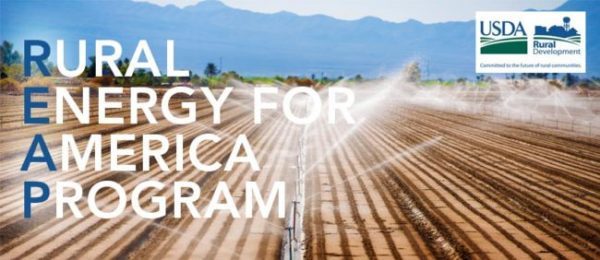Brightening the Future of Agriculture: The Role of LED Lighting in REAP
As an energy efficiency expert, I’ve witnessed firsthand the transformative power of sustainable energy solutions across various industries. In the agricultural sector, the Rural Energy for America Program (REAP) has been a catalyst for change, particularly through the adoption of LED lighting. Today, let’s illuminate the benefits of LED lighting within the REAP program and how it’s setting a precedent for energy efficiency in agriculture.
What is REAP?
The Rural Energy for America Program is an initiative by the U.S. Department of Agriculture aimed at helping agricultural producers and rural small businesses reduce energy costs and consumption. REAP offers financial assistance in the form of grants and loan guarantees for energy-efficient improvements and the purchase of renewable energy systems.
LED Lighting: A Beacon for Efficiency
Light Emitting Diode (LED) technology has revolutionized the concept of energy-efficient lighting. LED lights consume up to 75% less energy and last 25 times longer than traditional incandescent lighting, making them an ideal choice for the energy-conscious farmer or business owner.
Why REAP Emphasizes LED Lighting
- Energy Cost Reduction: For farmers operating on thin margins, cutting energy costs is crucial. LED lighting significantly reduces the electricity bill, offering more room in the budget for other critical areas.
- Increased Productivity: In livestock facilities, LED lighting can improve the well-being and productivity of animals by mimicking natural light patterns, which can enhance growth rates and overall health.
- Durability in Harsh Conditions: Agricultural environments can be challenging, with dust, moisture, and varying temperatures. LEDs are robust and resistant to these conditions, ensuring longevity and reduced maintenance.
- Environmental Impact: By reducing energy consumption, LED lighting decreases greenhouse gas emissions, supporting a healthier environment and aligning with the sustainable goals of REAP.
Success Stories and Results
The implementation of LED lighting through REAP has already yielded success stories. Poultry farms have observed healthier flocks and lower mortality rates, while greenhouses report improved plant growth. These stories aren’t just anecdotes; they’re backed by a reduction in energy use and costs, showing that the investment in LED lighting is both economically and environmentally sound.
How to Get Involved with REAP for LED Lighting
If you’re a rural small business owner or an agricultural producer, here’s how you can tap into REAP for your LED lighting needs:
- Assess Your Eligibility: Check if you meet the criteria for REAP funding, which includes being a rural small business or agricultural producer.
- Conduct an Energy Audit: Understand your current energy usage and how LED lighting can create efficiencies.
- Apply for REAP Funding: You can apply for grants for energy audits and renewable energy development assistance.
- Collaborate with Vendors: Work with reputable LED lighting vendors who are familiar with REAP requirements.
- Document Your Savings: Keep records of your energy consumption before and after the installation to measure your savings.
The Future is Bright
As LED technology continues to evolve, the benefits within the REAP program are expected to grow. With advancements in smart lighting and integration with other renewable energy sources, LED lighting stands out as a shining example of how targeted initiatives can foster a more sustainable agricultural sector.
Conclusion
The intersection of LED lighting technology and the REAP program offers a promising pathway toward energy sustainability in rural America. It is a shining example of how modern technology can align with governmental initiatives to support both the economy and the environment.
For those in the agricultural sector, embracing LED lighting isn’t just about staying ahead of the curve; it’s about ensuring a sustainable and profitable future for the generations to come. So let’s step into a brighter, more efficient future together—one LED at a time.
And that’s how LED lighting is not only a tool for illumination but also a beacon of hope for a more efficient and sustainable agricultural industry under the REAP initiative.

